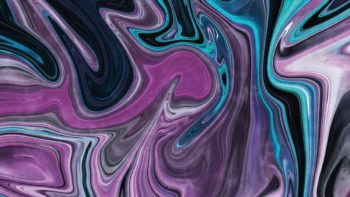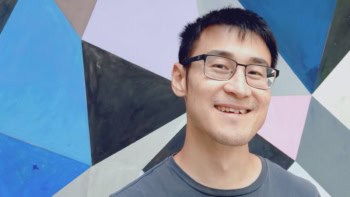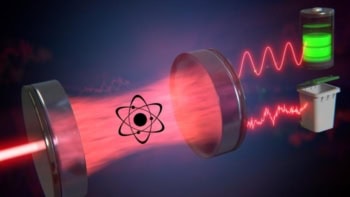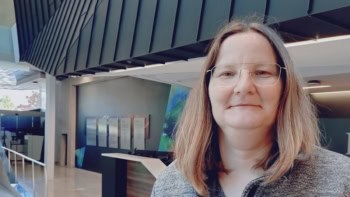Physicists in the US have shown that a supposed quantum phase of matter known as a "supersolid" is strongly dependent on the amount of crystal disorder present in the sample being studied. By performing experiments on samples of helium-4 with large amounts of disorder, they found that the trademark effects of supersolidity in the samples rose to more than 20% -- by far the largest proportion seen so far. This strongly reinforces suspicions that the original theory of supersolids is not the whole story (Phys. Rev. Lett. 98 175302).
Supersolidity was first predicted in 1969 by Russian theorists Alexander Andreev and Ilya Liftshitz, who said that at temperatures close to absolute zero any vacancies left in the lattices of solids made from bosonic atoms would all collapse into the same ground state, becoming what is known as a Bose-Einstein condensate (BEC). In the supersolid state, vacancies would behave as a coherent entity, moving throughout the rest of the solid effortlessly like a superfluid. However, only very weakly-bound elements such as helium would be able to become a supersolid, because their structure would be disturbed sufficiently by quantum “zero point” energy to still have vacancies.
Evidence for supersolidity was first found by Moses Chan and Eun-Seong Kim of Pennsylvania State University in the US in early 2004. They looked for changes in the rotational inertia of a sample of helium-4 contained in a disc of porous glass that was supported inside a torsion oscillator. Below a temperature of 175 mK, they found that the inertia of a sample of solid helium-4 suddenly dropped, implying that 2% of the sample had condensed into a supersolid that remained at rest in the lab frame. Later that year, they convinced themselves of their result by performing the same experiment with bulk solid helium, and found a similar drop in inertia.
Three other groups have since confirmed Kim and Chan’s findings. But one of them – John Reppy and Sophie Rittner of Cornell University in the US – also found that by slowly heating a bulk helium-4 sample and cooling it down again they could make the supersolid phase disappear completely (see related story: “Supersolid’s existence remains in dispute”). Because such “annealing” is expected to reduce the levels of imperfection in the solid, the Cornell physicists thought that the observed supersolid phase might only occur when the crystal structure has some disorder. If this conclusion were correct, samples of helium-4 containing many imperfections should therefore show large amounts of supersolidity.
Now, Reppy and Rittner have performed experiments on such samples. They used a torsion oscillator similar to Kim and Chan, but have confined the bulk helium-4 in a different geometry that allowed them to maximize disorder by rapid cooling. When the sample was slowly annealed over 14 hours to give a very ordered crystal, they found that just 6% of the solid demonstrated supersolidity. However, they could get 20% or more of the solid to become a supersolid by “quench” cooling the sample in 90 seconds, thereby introducing significant disorder.
According to Reppy and Rittner, this result makes it clear that disorder must play a role in superfluidity, and so shows that the 1969 theory by Andreev and Liftshitz is not the whole story as other theorists had recently suspected. Nevertheless, they say they are puzzled by Kim and Chan’s original samples, which contained the helium in a porous glass, because they should have had even more disorder – and thus should have demonstrated an even larger proportion of supersolidity than the 2% observed. “The truth is, it’s not understood… the experiments are way ahead of the theory,” Reppy told Physics Web. “But that’s what makes it so fascinating.”
Comprehensive coverage of the supersolids debate can be found in the article “The quantum solid that defies expectation”, which appears in this month’s Physics World.



